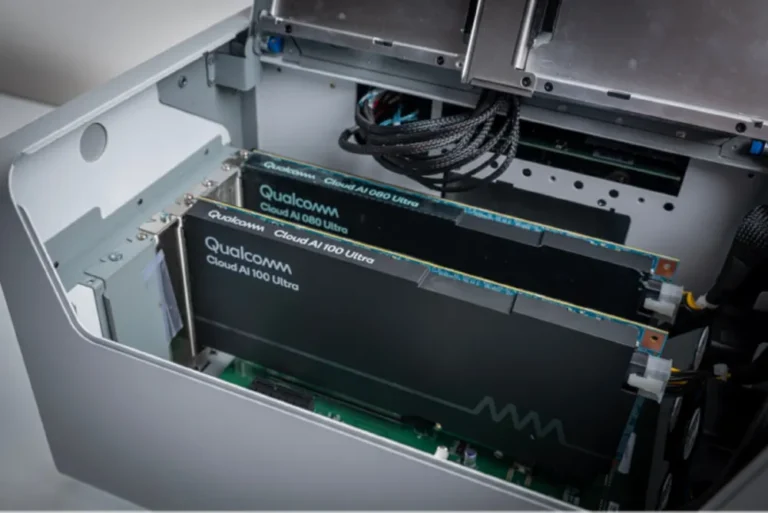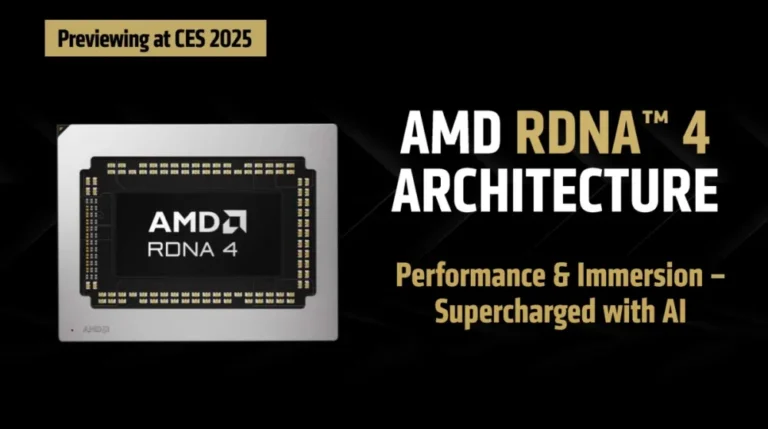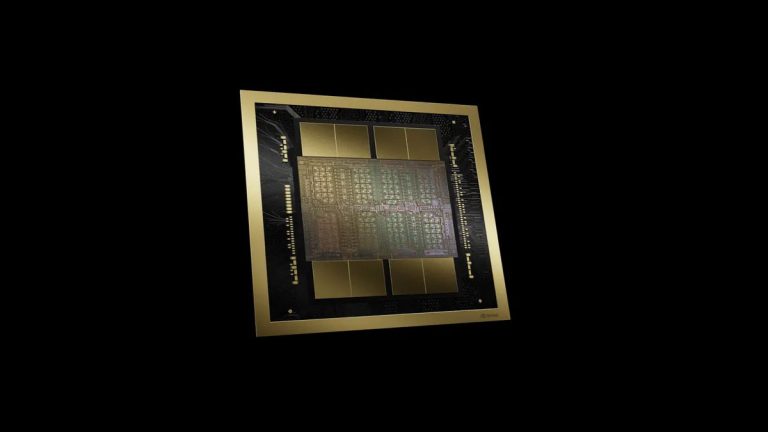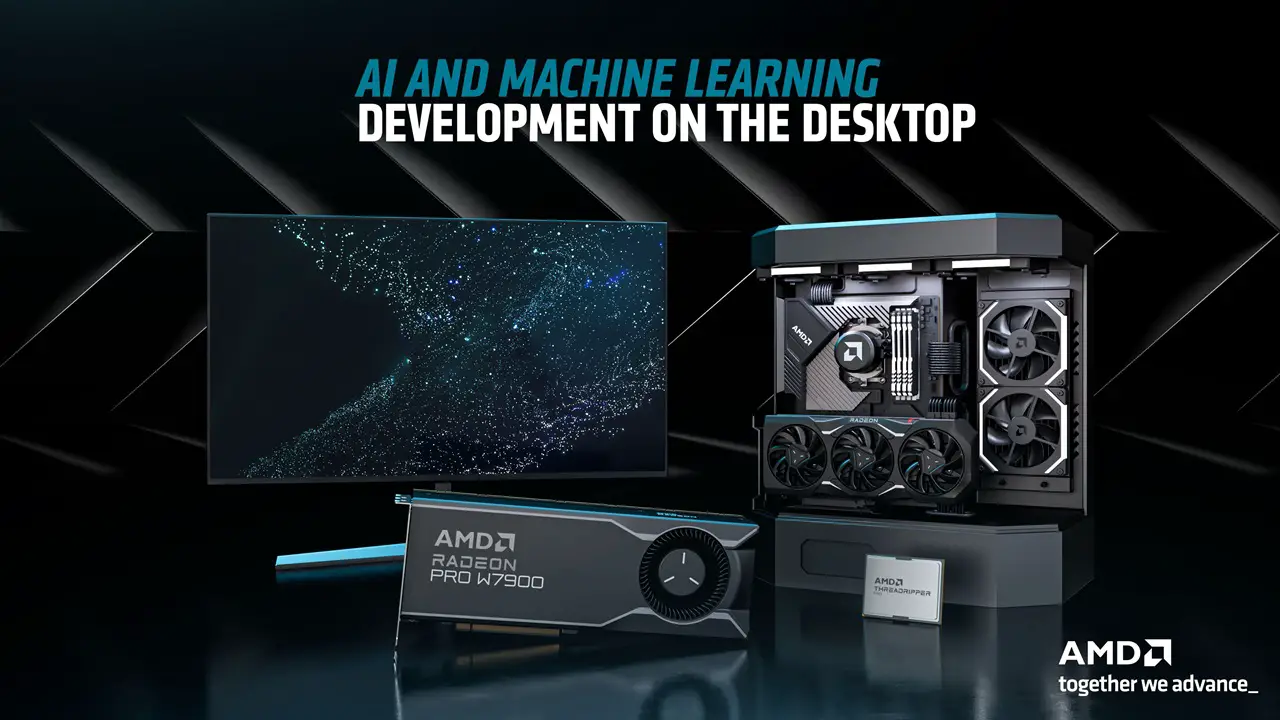
At the Financial Analyst Day event in June 2022, AMD updated the roadmap for its RDNA/CDNA GPU architectures, revealing that the RDNA 4 architecture GPUs correspond to the Navi 4x series chips. AMD has opted to forgo high-end models, with the RDNA 4 architecture featuring only two chips, Navi 48 and Navi 44, both of which will introduce a new ray tracing hardware module design. It is rumored that AMD plans to unveil Navi 48 at CES 2025 in early January, while Navi 44 will be released a quarter later.
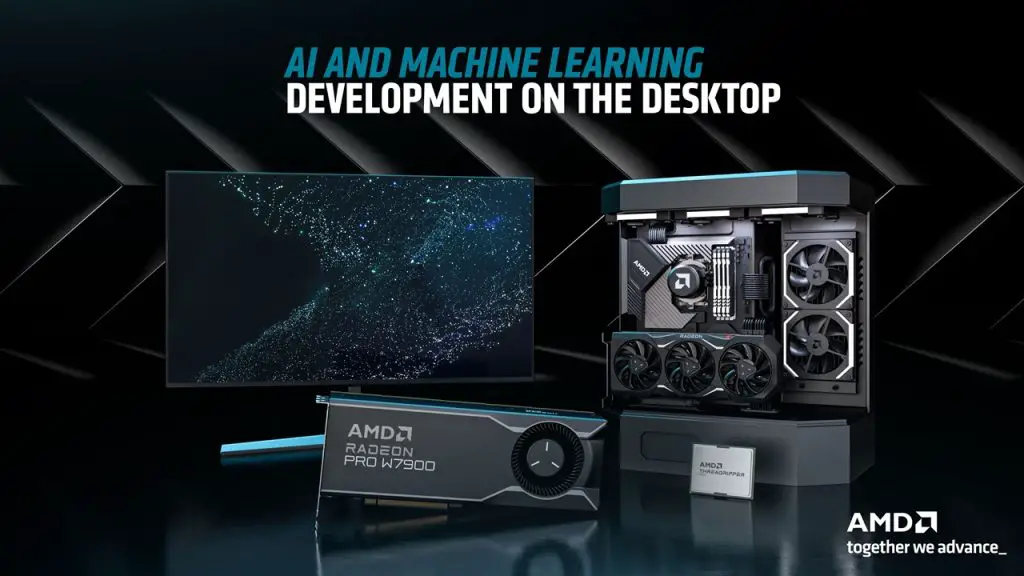
According to a report by Phoronix, AMD submitted additional support patches for RDNA 4 architecture GPUs last week, aiming to integrate them with the upcoming Linux 6.11 cycle for optimal user experience. The brief descriptions of these patches indicate that they primarily address bug fixes and feature updates, including enhancements to VCN5 encoding capabilities and improvements to the RT engine.
Furthermore, AMD has also introduced several fixes for RDNA 3.5 architecture GPUs, applicable to the soon-to-be-released Ryzen AI 300 series processors, demonstrating a proactive approach.
Previous reports indicated that RDNA 4 is an enhanced version of RDNA 3, with a focus on improving ray tracing performance. Additionally, the architecture will switch to a 4nm manufacturing process to further enhance energy efficiency, with the same performance offered at a lower price point. Navi 48 is expected to achieve performance levels comparable to the Radeon RX 7900 XT, while Navi 44 is designed to replace the Radeon RX 7600 series.
Rumors suggest that Navi 48 will be equipped with 32 WGPs, totaling 64 CUs, a 256-bit memory bus, a memory bandwidth of 693GB/s, and an effective bandwidth of 2770GB/s, with a GPU die size of 240mm². The lower-spec Navi 44, targeting the mid to low-end market, will feature 16 WGPs, 32 CUs, a 128-bit memory bus, a memory bandwidth of 288GB/s, an effective bandwidth of 515GB/s, and a GPU die size of 130mm².
